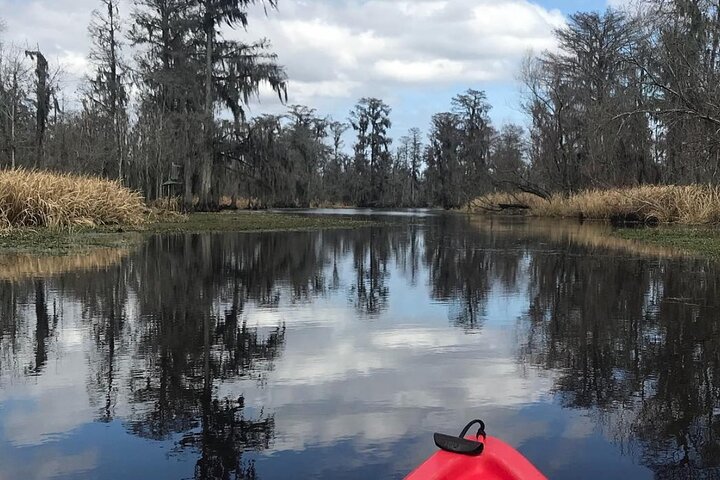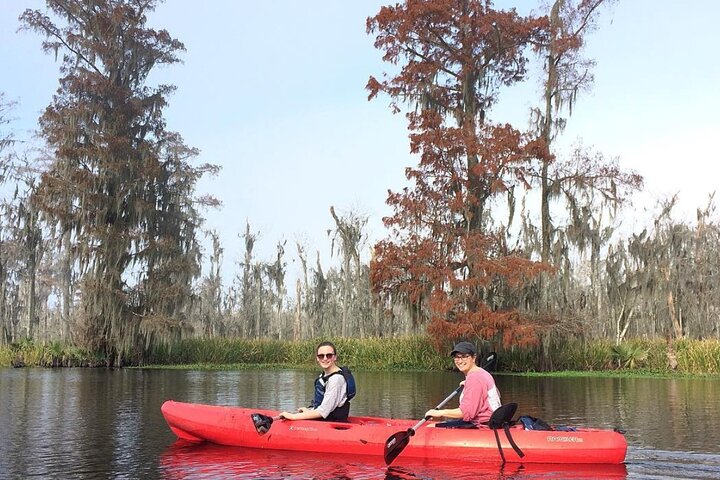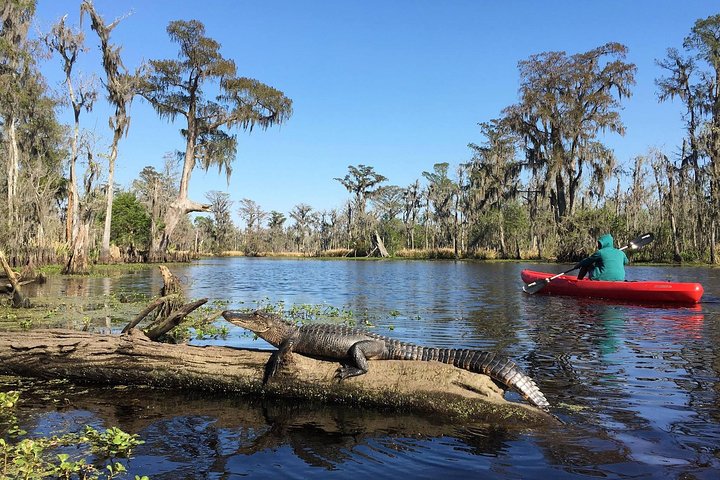From Ice to Bayou: A Journey Through Louisiana’s Heart
Drawn by the promise of a unique blend of history and nature, I embarked on the Whitney Plantation and Swamp Tour. This journey promised to be a stark contrast to my usual Arctic expeditions, offering a glimpse into the rich tapestry of Louisiana’s past and present.
A Journey Through Time: The Whitney Plantation
The sun had barely risen when I found myself standing outside my hotel, waiting for the shuttle that would take me to the Whitney Plantation. As someone who has spent years in the Arctic, the humid Louisiana air was a stark contrast to the biting cold I was accustomed to. Yet, there was something invigorating about the warmth, a reminder of the diverse climates our planet offers.
The drive to the plantation was an hour-long journey through the heart of Louisiana. Our driver, a local with a wealth of knowledge, regaled us with tales of New Orleans’ vibrant history. It was a narrative rich with culture and resilience, much like the stories I had heard from the indigenous communities in the Arctic. As we approached the plantation, I couldn’t help but feel a sense of anticipation. The Whitney Plantation is renowned for its honest portrayal of the lives of enslaved people, a history often glossed over in textbooks.
Upon arrival, the plantation stood as a solemn reminder of a painful past. The self-guided audio tour was a powerful experience, offering a glimpse into the lives of those who had lived and toiled on this land. The narratives, drawn from real oral histories, were haunting yet necessary. They echoed the voices of those who had been silenced for too long, much like the stories of the Arctic’s melting ice and its impact on indigenous communities. The Whitney Plantation is not just a museum; it is a testament to the resilience of the human spirit.
Into the Heart of the Swamp
After a reflective morning at the plantation, we were whisked away to a small café for lunch. The simplicity of the meal was a welcome respite, a moment to digest the weight of the stories we had just heard. But the day was far from over. Our next adventure awaited us in the heart of the Louisiana swamps.
The swamp tour was a stark contrast to the solemnity of the plantation. As we boarded the pontoon boat, I was reminded of the expeditions I had undertaken in the Arctic, navigating through icy waters in search of elusive wildlife. Here, in the warmth of the swamp, the challenge was different but no less thrilling. Our guide, a seasoned Cajun Captain, expertly navigated the waterways, sharing insights into the unique ecosystem of the bayou.
The swamp was alive with the sounds of nature, a symphony of croaking frogs and rustling leaves. As we glided through the water, we were introduced to the inhabitants of this lush environment. Alligators basked lazily on the banks, their eyes following our every move. It was a reminder of the delicate balance of nature, much like the fragile ecosystems I had studied in the polar regions. The swamp tour was not just an exploration of a unique landscape; it was a lesson in the interconnectedness of all living things.
Reflections on a Day Well Spent
As the sun began to set, casting a golden hue over the swamp, our tour came to an end. The drive back to the hotel was a time for reflection, a chance to process the day’s experiences. The Whitney Plantation had offered a poignant reminder of the importance of preserving history, while the swamp tour had been a celebration of the natural world.
In many ways, this journey through Louisiana had mirrored my adventures in the Arctic. Both regions, though vastly different, hold stories that are crucial to our understanding of the world. They are reminders of the resilience of both people and nature, and the importance of preserving these narratives for future generations.
For those seeking an experience that is both educational and awe-inspiring, I cannot recommend the Whitney Plantation and Swamp Tour enough. It is a journey that will leave you with a deeper appreciation for the history and beauty of Louisiana, much like the icy landscapes of the Arctic have done for me.







































